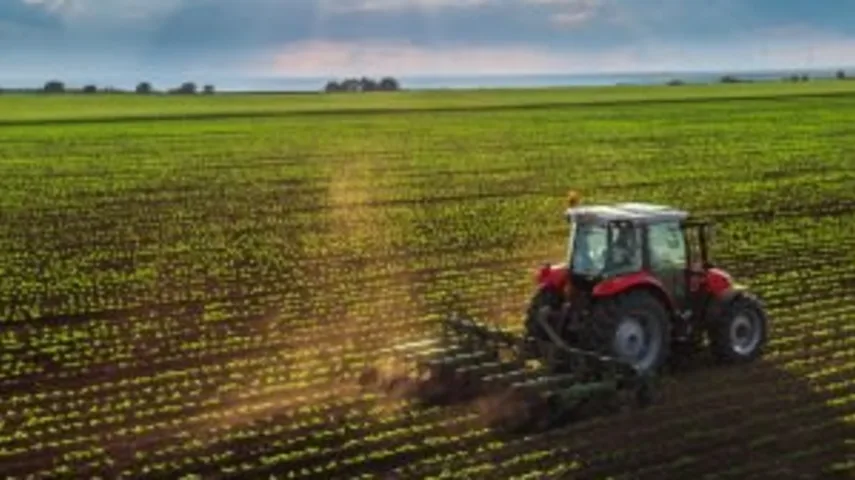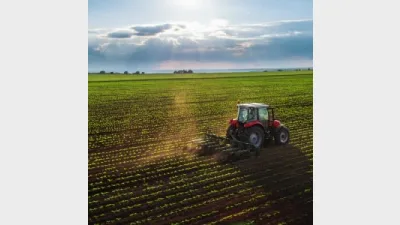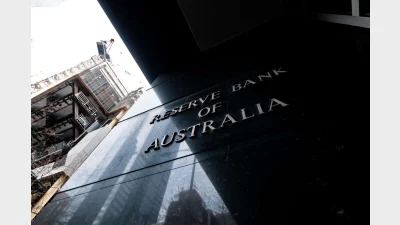Institutional investors could be enticed to agriculture



Industry superannuation funds could be enticed to substantially increase their $1.6 billion stake in Australian agriculture, which could help take our agricultural industry to the next level in global competitiveness, according to Industry Super Australia (ISA).
ISA’s chief economist, Dr Stephen Anthony, said that greater investment from the superannuation sector in Australian agriculture could both support local development and help fulfil the country’s potential “to position itself as the food bowl for Asia’s burgeoning middle class”.
Anthony acknowledged that local agriculture had not always suited institutional investors and that appropriate groundwork would need to be laid.
“Institutional players have not always fared well in Australian agriculture. Past failures, poorly executed or short-sighted, usually revealed on closer examination mitigating factors, if not a silver lining,” Anthony said.
“With scale and the right settings, the fundamentals of relatively stable returns, capital appreciation from rising land values and renewable income cash flows are very attractive.
“But to start, the funds will need reliable, independent data; agriculture-specific expertise; and revised national policy settings.”
He recommended the establishment of an independent survey of farm performances, infrastructure audits of major commodity supply chains, and a more strategic approach from the Commonwealth Treasury to foreign investment rules as opportunities for funds.
Anthony also warned that while it was encouraging that global investors were rapidly accumulating stakes in local agricultural holdings, with Canadian and American pension funds investing over $1 billion in Australia since 2007, they were taking many quality investments.
“Australia is receiving ready-access to foreign capital and expertise; but our agricultural industry is being ‘cherry picked’ with quality assets falling into the hands of external investors,” he said.
Recommended for you
Dan Farmer, chief investment officer of MLC Asset Management, has detailed how its super fund allocations have evolved and whether the fund will consider investing in bitcoin.
Australia’s superannuation capital has been positioned to play a larger role in south-east Asia’s economic development under a new government-backed deal.
Superannuation funds have become the dominant force behind Australia’s private markets boom, fuelling unprecedented growth and reshaping manager operations.
Reserve Bank governor Michele Bullock has said the central bank sees private demand picking up over the next year, taking over from public demand.









